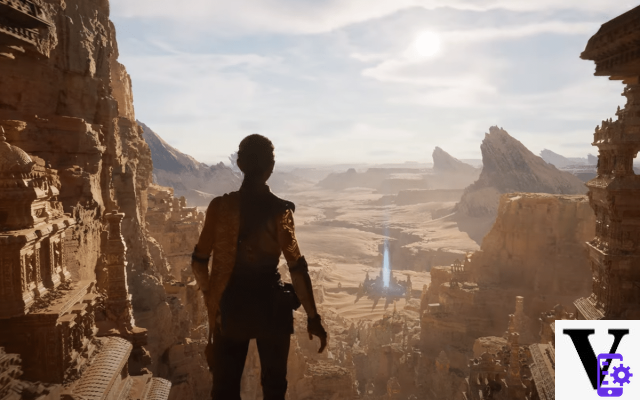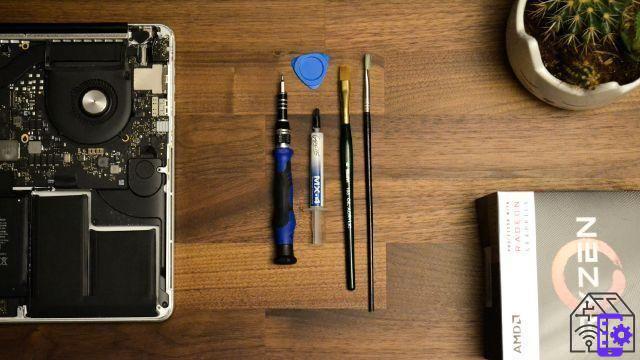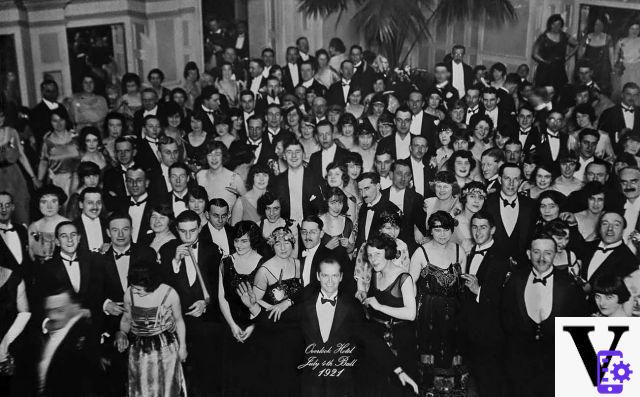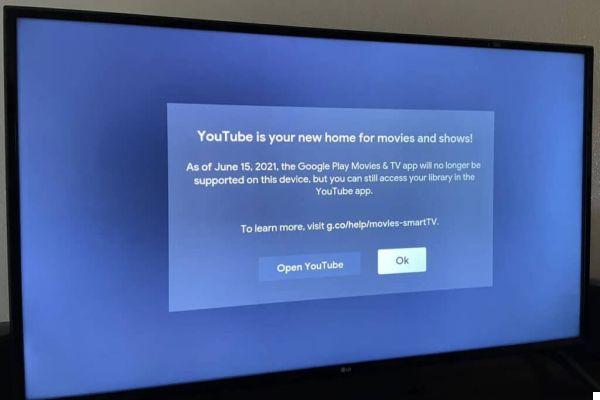
Today, dear readers, we have really chosen a nice cat to peel.
Why we will give you against how the game has changed, that is the action of playing, an attitude inherent in man. So that she was born with him and with him - let's hope as late as possible - she will die.
But let's proceed, as usual for this column, giving a definition of the topic we will talk about.
What is the game
Play, in a concise definition, is an (almost always fun) voluntary entertainment activity carried out by adults, children or even animals, for purely recreational purposes.. And here we need a first clarification, remembering that some games can also be played for purposes of gain (economic, prestige, etc.).
By game we also mean any specific recreational activity of a competitive type, with specific rules and objectives. And this is where the dimension of pure fun is abandoned.
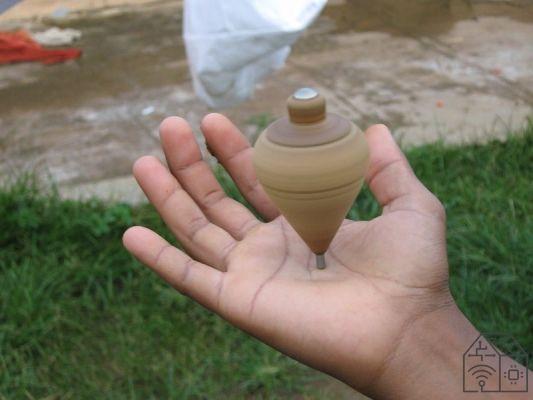
The origin of the game
If the definition of game already makes us realize how vast the scope is, its origin does not make our life easier. Because the attitude to leisure is born with the appearance of man, it is one of its intrinsic characteristics.
Rock paintings, frescoes and mosaics preserved in museums all over the world testify to this. There is therefore no place or time in which the game was born. Or rather: if we knew how to identify them, we would have discovered when and where humanity arose.
A curiosity: gambling is born together with the game. If you wish, you will draw any conclusions about human nature.
How the game changed: the first artifacts
It is undoubtedly simpler to cite some of the oldest games that have come down to us.
The very first find in chronological order is a chessboard complete with dice and pawns, which dates back to around 2500 BC, found among the remains of the city of Ur, in Mesopotamia.
But the first artistic production depicting a game is much earlier. In the royal tomb of Merknera, who lived in a period datable between 3300 and 2700 BC, the Senet, a kind of ancestor of backgammon, is depicted.
How the ancients played
To find out how the game has changed, it is necessary to proceed in rapid temporal leaps. The extraordinary thing is that some playful activities, in their simplicity and perfection, have come down to us as they are. And they will probably never stop entertaining young and old.
In ancient times, for example, dolls already existed. And games such as rope jumping, round dance, swing, tug of war, spinning tops, and yo-yos had been developed.
In Greek-Roman antiquity many games of sporting origin developed, from running to wrestling, in addition to ball games.
How the game has changed: the Middle Ages
There are several games that are born in a specific era or latitude, perhaps disappeared, but of which we have testimony.
In medieval times, ball games continued and developed (what today is celebrated as the Florentine historical football will be perfected).
Furthermore, golf, skittles and even billiards were born in the same period.
From the Middle Ages to the nineteenth century
In the fifteenth century the first doll factories were built in Germany, and many outdoor play activities continue, which have come down to us: from hide-and-seek to sack racing, the list would be endless.
The real development of games that we could define indoor takes place around the mid-eighteenth century, thanks to the impulse of the industrial revolution: bingo games, cards, goose games, abcedaries, magic lanterns are produced in huge quantities ...
In the nineteenth century the first mechanical games appeared, and playful games have now become a real industry: already at the beginning of the century some shopkeepers had catalogs with more than 12.000 games.
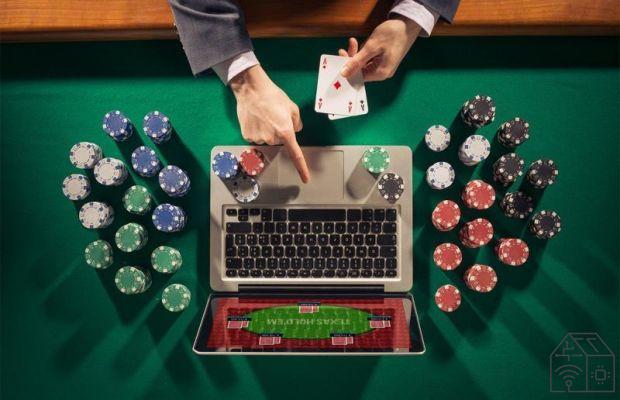
The twentieth century
Equally difficult, if not proceeding by large approximations, to give you an account of how the game has changed in the twentieth century.
In the first decades, electric games, such as toy trains, were developed and board games began to establish themselves on a global scale.
In the seventies came the revolution: video games, which actually existed for about twenty years, enter homes with Atari consoles. We all know recent history: video games are increasingly sophisticated and realistic, with all the charm and all the risks of addiction that this entails.
And if until a few years ago they aimed to mimic reality as much as possible, today something else is happening.
Discount homo ludens
homo ludens
- Huizinga, Johan (Author)
The games of today and tomorrow
Today, with virtual reality viewers, we enter parallel realities, with their own autonomy. Who knows what opportunities will be offered in the near future by a technology already capable of translating thoughts into actions. Artificial intelligence will undoubtedly be able to put games on the market in which to immerse oneself in an increasingly immersive and personalized way.
But the attitude to play is innate in man, and we will always continue to be attracted to some ancient and simple gestures: chasing a ball, swing on the swing or curse the friend sitting opposite if he will broom before us.






